How to code in Python: GCSE, iGCSE, National 4/5 and Higher
£14.20
Ensure every student can become fluent in Python with this highly practical guide that will help them understand the theory and logic behind coding.
Written for 14-16-year olds by a leading Python specialist and teacher, and aligned to curriculum requirements, this essential Student Book provides numerous practice questions and coding problems that can be completed as homework or during class – plus answers can be found online at www.hoddereducation.co.uk/pythonextras
How to Code in Python will:
> Provide hundreds of coding examples, puzzles and problem-solving tasks to strengthen computational thinking skills required for GCSE, iGCSE and National 4 / 5 success
> Help students become proficient in computational thinking and problem-solving using Python
> Provide easy-to-follow explanations of concepts and terminology
> Feature plenty of opportunities for self-assessment with solutions to coding problems available online
This unique book can be broken down into three key features:
> Code theory and explanations (worked examples) in a fun and accessible way
> Computational thinking puzzles for the reader to solve; this will greatly improve students’ ability to read code and predict its effect and output when run
> Programming problems where the reader has to write a program to solve given scenarios
Greg Reid is a very experienced Computer Science teacher in Scotland, who has written How to Pass Higher Computer Science and Higher Computing Science Practice Papers for Hodder Gibson.
Read more
Additional information
| Publisher | Hodder Education (28 Feb. 2020) |
|---|---|
| Language | English |
| Paperback | 144 pages |
| ISBN-10 | 1510461825 |
| ISBN-13 | 978-1510461826 |
| Reading age | 14 – 17 years |
| Dimensions | 21 x 1 x 29.6 cm |

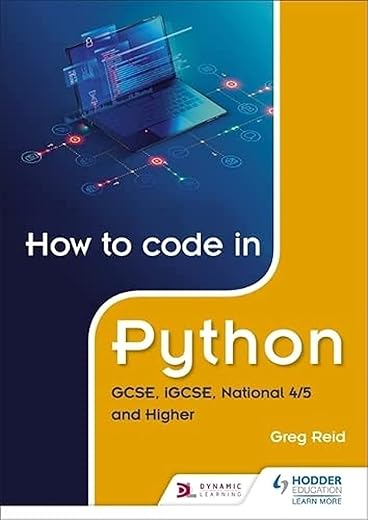
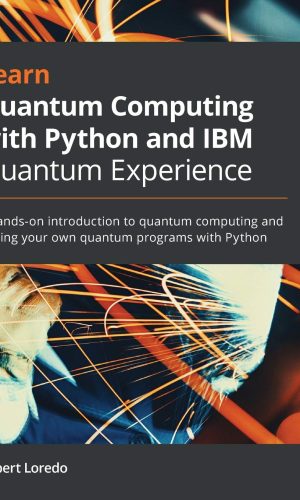
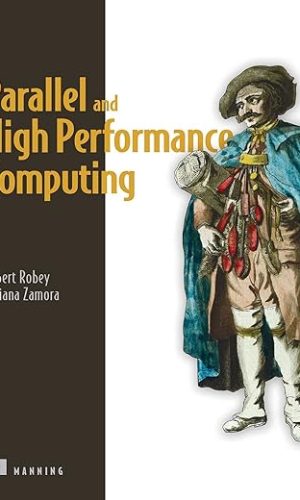
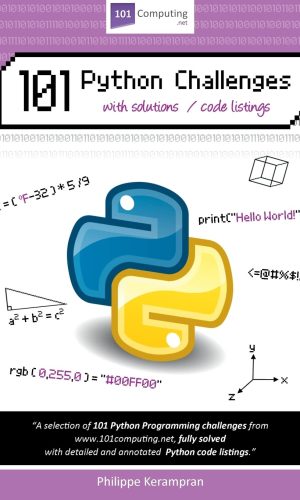
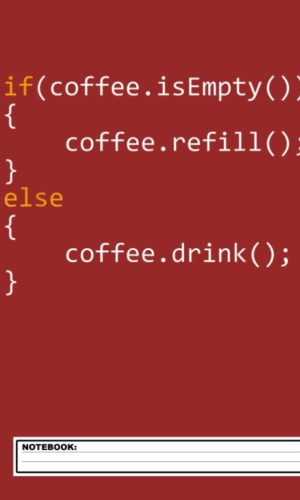
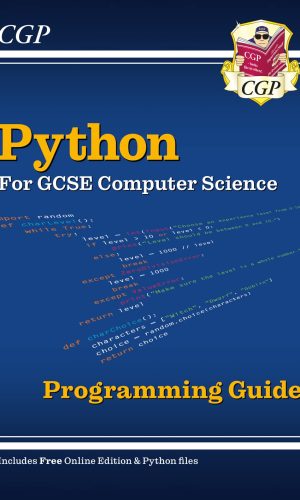
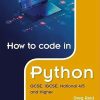
by dprees
I’m a Computing Science teacher, and have desperately wanted a good introductory text which could be used in the classroom when teaching programming to pupils at secondary level. This book fulfils that requirement extremely well.
Before I became a teacher a few years back, I worked as a programmer for several decades. Over that time, I’ve read many books that set out to teach a new programming language. Often they are enormous tomes, filled with all the minutiae of the language, aiming to be “complete references”. Totally useless for teaching. Since I became a teacher, I’ve been very disappointed in the textbooks for Computing Science, particularly when they set out to teach programming principles. They are the opposite — far too sparse in detail to be of any use to a pupil trying to get to grips with coding for the first time.
This book steers a middle course which provides sufficient explanation and illustration for the basics, but avoids the trap of trying to teach the whole of the language. The emphasis is on learning to program, with Python as the vehicle.
Chapter by chapter the book puts in place the necessary building blocks for the next stage; nothing important is missed out; nothing extraneous is included. The result is a slim volume, but with a great deal of substance contained within it.
Though nominally targeted at English GCSE and Scottish National 5 / Higher Computing Science courses (16+ and 17+), this book is so focused on the components necessary to learn programming that I am confident is is suitable for a much wider audience. I plan to use it as a text for introductory programming to students at Colleges of Higher Education, and would suggest that it is a good foundation text for any first-year student at university who needs to learn Python programming. It’s not the last book on programming someone might read, but it is an excellent choice for the first.
This book is not only suitable for the classroom; it would be an excellent choice by which a motivated student might teach themselves the necessary basics of programming.
Highly recommended.
DISCLOSURE: I have met the author of this book in a professional capacity on two occasions in the past three years. However, I purchased my copy of this book myself, and have not been asked (or paid) to write this review.
by Carol Ann Maguire
This is a sorely needed resource, not just for pupils but also for teachers new to programming in Python. I have hardly put this book since it’s arrival last week. It’s easy to understand for those not aware of any programming language. I cannot fault the resources within this book and the online answer are priceless. Have already recommended to several computing science teachers!
by SC53
I just received this book today; I ordered it to help my son practice for his gcse next year. It looks great, nicely laid out, I like the different colours for the different sections, etc. However, there are a TON of practice questions which is really really useful, just what I was looking for…… but no answers! I know it’s not beyond me to work it our for myself, i.e. learn Python for GCSE, but if I had that amount of free time I would not have bought the book. I am looking for this exact book, but with an answers section at the back, as most workbooks have! I would love to have given this book a five start review but the extra confusion it has added by not having the answers has rendered it almost useless to us, and therefore two stars for being
a) clearly laid out
b) fun engaging practice questions, clearly phrased for this age group
And by the way, where is the index too??
When my son comes home and says ‘Can you help me, I am struggling with X’, I would like to be able to pick up the book and say ‘Sure, lets look at chapter/page Y together’, which is what I can do with the other gcse textbooks or workbooks we have bought to support him, but sadly not with this one.
However, if the answers are available online I would be delighted to be pointed to their location.
by Amazon_customer
At the time of writing there’s only one review of this book on Amazon – that reviewer has given the book 2 stars for the book apparently not having answers to the 164 practise questions; this is simply untrue.
On page 3 of the book it clearly gives the website link of where you can download the answers from, stating:
“The download of over 300 Python files includes:
– All the example code from each section
– Every computational thinking puzzle
– Solutions to every computational thinking puzzle (with explanations)
– Solutions to every programming challenge (with comments)
– .text and .csv files required to complete some of the later tasks in the book”
I’ve just downloaded the zip file without any issues.
Personally I’m extremely impressed with this book; it’s straightforward, no-nonsense approach is exactly what I was looking for. I absolutely hate student books full of childish cartoons and supposedly funny jokes – this has none of that.
The book starts with input, output and simple calculations, then moves on to functions, IF, loops, lists, modular programming, file handling, large project tasks (this is the final and fairly short chapter).
So far I haven’t found any mistakes, but I will update this review if I do.
by Amazon Customer
I bought this as a study aid and since I saw my nephew using it I take it he found it useful
by Abdul Basir Wardak
The problem with this book has been as soon as it was printed the colour was not dried and it was sent to binding. Now all the pages are deformed and the pages are wavy and not straight.
Best wishes
AB wardak
by angie
I’m assuming this covers the syllabus, but seemed a bit basic. Explains logic etc and very simple programming, but didnt go as far as we had hoped in terms of programming detail/ complexity. We got more from a few Internet searches. But if you are struggling with basic concepts this is probably a good start as it clearly explains and little exercises to test understanding throughout.
by Elizabeth Moate
Good buy no issues